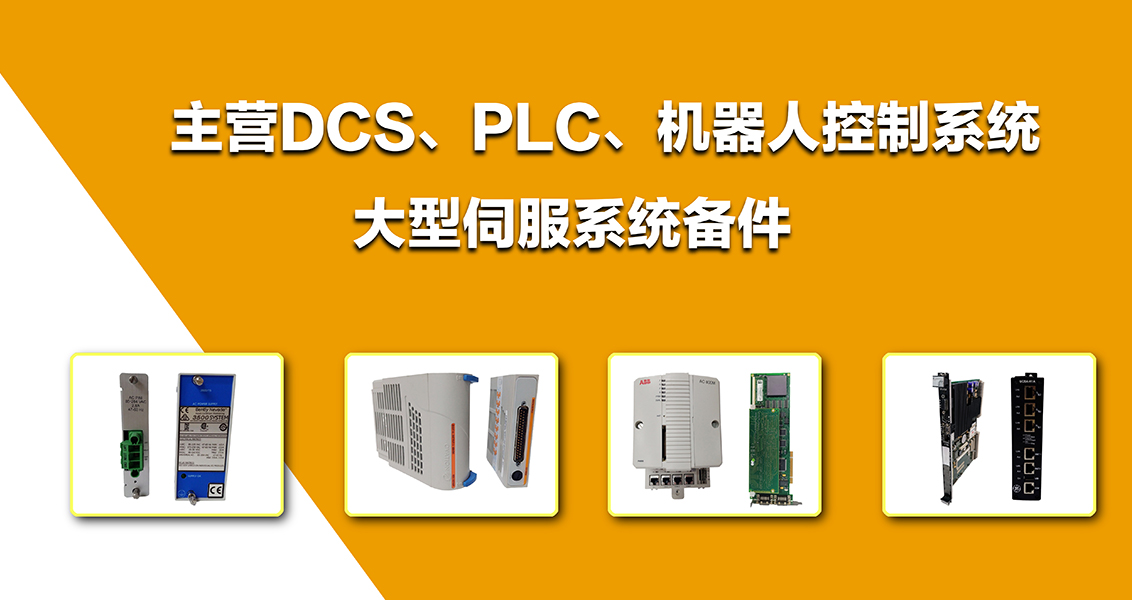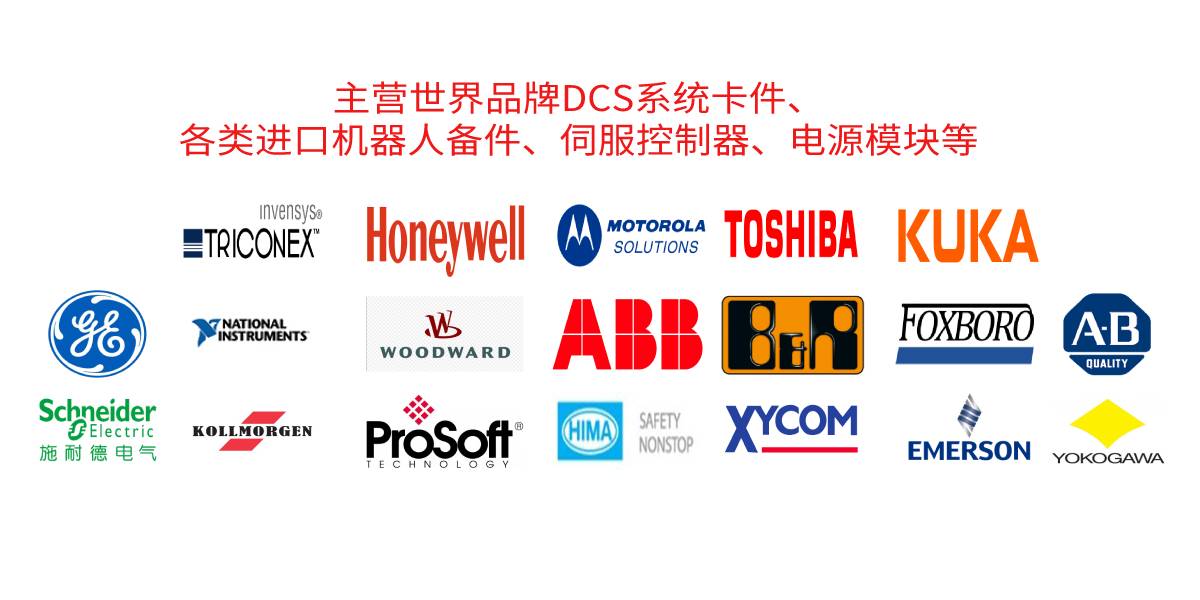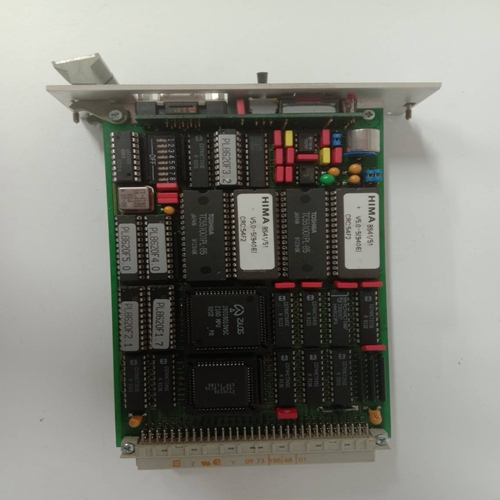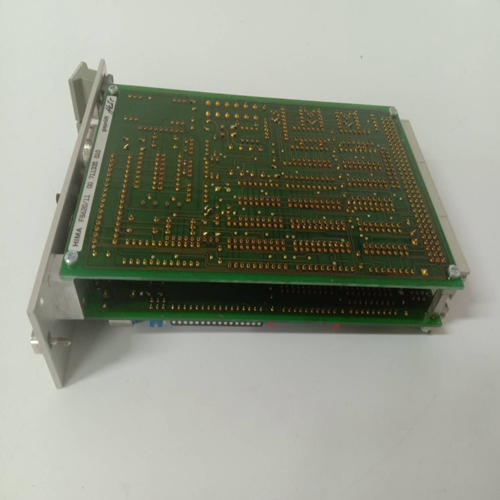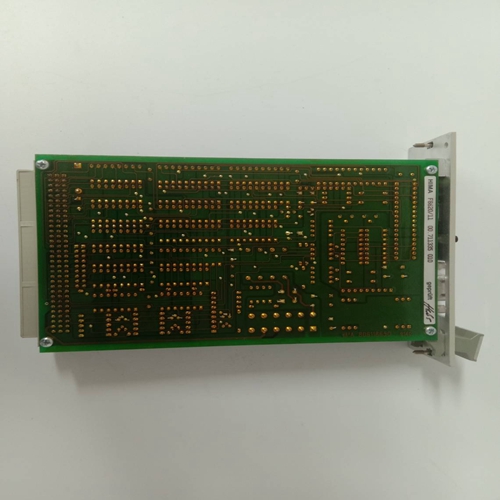主营产品
PLC可编程控制器模块,DCS卡件,ESD系统卡件,振动监测系统卡件,汽轮机控制系统模块,燃气发电机备件等,优势品牌:Allen Bradley、BentlyNevada、ABB、Emerson Ovation、Honeywell DCS、Rockwell ICS Triplex、FOXBORO、Schneider PLC、GE Fanuc、Motorola、HIMA、TRICONEX、Prosoft等各种进口工业零部件
产品广泛应用于冶金、石油天然气、玻璃制造业、铝业、石油化工、煤矿、造纸印刷、纺织印染、机械、电子制造、汽车制造、塑胶机械、电力、水利、水处理/环保、锅炉供暖、能源、输配电等等
HIMA F8620/11控制输入卡件
自动重合闸功能根据输入信号“start”、“跳闸CB”和“跳闸CB 3P”的状态确定距离保护是否已启动,是否已执行单相或三相跳闸。单相跳闸仅产生“跳闸CB”信号,而“跳闸CB和”跳闸为三相跳闸生成CB 3P’信号。
外部距离继电器或内部距离功能决定:应进行单相跳闸还是三相跳闸。自动重合闸功能可向距离发送两个信号保护“跳闸3-Pol”信号通知距离保护
它应该执行单相跳闸还是三相跳闸。这个“ZExtension”信号打开和关闭距离保护的超范围区域。
设置参数时,应注意功能的顺序。由于运行时的原因,距离函数应在自动重合闸功能之前配置。
如果自动重合闸期间不需要SOTF逻辑运行,则连接“AR in prog”向“ExtBlkSOTF”发送信号距离函数的二进制I/P。中的“SOTF 10 s”计时器距离功能的SOTF逻辑通常为死区激活时间<10秒,在这种情况下,不需要上述连接。如果SOTF逻辑启动跳闸,自动重合闸循环可以
通过从远处连接“启动SOTF”来禁止自动重合闸功能的“CondBlkAR”I/P功能。
各种方案中的信号交换
(一个距离一个自动重合闸功能和多个保护功能和一个重合闸功能)可以从图3.5.32.1、图。
3.5.32.2和图3.5.32.5自动重合闸和过电流之间的连接,或微分函数
设置参数时,应注意功能的顺序。由于运行时间原因,应在自动重合闸功能之前配置过电流功能。要防止区分计时器工作,请连接两个输入“启动”和“跳闸断路器3P”的过电流“跳闸”信号自动重合闸功能。
时间“t关闭”必须设置为大于激活(分级)过电流功能的最大运行时间,以防止回收时间在以下情况下阻塞AR功能
永久性故障:t从AR函数关闭>tmax。过电流延时
在区域扩展信号同时使用的情况下:对于过电流功能(请参阅区域扩展设置)
术语“超出”和“不足”具有以下含义:“过冲”:启用具有短路的过流功能(非分级)时间延迟。“欠电流”:启用具有长时间的过电流功能(分级)时间延迟。
The auto-reclosure function determines from the states of the input signals ‘start’, ‘Trip CB’ and ‘Trip CB 3P’, whether the distance protection has picked up and whether it has performed a
single or a three-phase trip. Only the ‘Trip CB’ signal is generated for a single-phase trip, whereas both the ‘Trip CB’ and ‘Trip
CB 3P’ signals are generated for a three-phase trip.
The external distance relay or internal distance function decides
whether single or three-phase tripping should take place.
The auto-reclosure function can send two signals to the distance
protection. The ‘Trip 3-Pol’ signal informs the distance protection
whether it should perform a single or a three-phase trip. The
‘ZExtension’ signal switches the distance protection’s overreaching zone on and off.
When setting the parameters, attention should be paid to the order of the functions. For runtime reasons, the distance function
should be configured before the auto-reclosure function.
Where the SOTF logic is not required to operate during autoreclosure, connect the ‘AR in prog.’ Signal to the ‘ExtBlkSOTF’
binary I/P of the distance function. The ‘SOTF 10 s’ timer in the
distance function’s SOTF logic is normally activated for dead
times <10 s and in this case the above connection is not necessary.
If the SOTF logic initiates tripping, an auto-reclosure cycle can
be inhibited by connecting the ‘start SOTF’ from the distance
function to the ‘CondBlkAR’ I/P of the auto-reclosure function.The exchange of signals in the various schemes (one distance
and one auto-reclosure function, and several protection functions
and one reclosure function) can be seen from Fig. 3.5.32.1, Fig.
3.5.32.2 and Fig. 3.5.32.5Connections between auto-reclosure and overcurrent or
differential functions
When setting the parameters, attention should be paid to the order of the functions. For run-time reasons, the overcurrent function should be configured before the auto-reclosure function.
To prevent the discrimination timer from operating, connect the
overcurrent ‘Trip’ signal to the two inputs ‘Start’ and ‘Trip CB 3P’
of the auto-reclosure function.
The time ‘t Close’ must be set longer than the maximum operating time of the activated (graded) overcurrent functions to prevent the reclaim time from blocking the AR function in the event
of a permanent fault:
tClose from AR function > tmax. overcurrent time delay
In cases where the zone extension signal is used in conjunction
with overcurrent functions (see zone extension settings), the
terms ‘overreach’ and ‘underreach’ have the following meanings:
'overreach': enabling of an overcurrent function having a short
(non-graded) time delay.
'underreach’ : enabling of an overcurrent function having a long
(graded) time delay.




